10 Best Adventures of 1967
By:
December 23, 2016
Fifty years ago, as of next month, the following 10 adventures — selected from my Best Sixties Adventure list — were first serialized or published in book form. They’re my favorite adventures published that year.
Please let me know if I’ve missed any 1967 adventures that you particularly admire. Enjoy!
- Richard Stark’s Parker crime adventure The Rare Coin Score. Invited to plan and helm the robbery of a couple of million dollars’ worth of booty from a coin collector’s convention in Indianapolis, master thief Parker — in his ninth outing — finds himself once again hampered by a sub-par heist crew. (“Billy wanted to fall apart under pressure, he wanted it the way a torture victim wants to die. Lempke himself felt the weakness of age and worry lapping at the edges of his mind. Otto Mainzer, a crazy man, a destroyer, was being held in check by the authority of Parker.”) Why doesn’t he bail? Because he falls in love — a first, for Parker — with Claire, a beautiful and smart woman in on the caper. When things go wrong, as they inevitably will, Parker must scramble to save himself, the loot, and the girl. Fun fact: In his terrific introduction to a recent reprint of The Rare Coin Score, HILOBROW friend Luc Sante writes: “Stark portrays a world of total amorality. It is never suggested in the novels that robbing payrolls or shooting people who present liabilities are anything more than business practices.”
- Samuel R. Delany’s New Wave sci-fi adventure The Einstein Intersection. Love it or hate it (Delany’s eighth novel has zealous fans and detractors), The Einstein Intersection is fascinating. Forty thousand years in the future, Lobey, a village herder and musician, goes on an Orpheus-like quest into the underworld — in search of his slain lover, Friza. As it turns out, this is a puppet-show of sorts: Lobey is a member of a (three-gendered) alien race who’ve taken on (two-gendered) human forms, and inherited human cultural myths as well. Of the latter, the aliens have made a hodge-podge: the stories of Orpheus, the Minotaur, Billy the Kid, Jean Harlow, Ringo Starr, Jesus Christ — these and other traditions of all dead generations weigh like a nightmare on the brains of the living. This conceit alone might have made for a terrific mythopoetic sci-fi novel; however, Delaney introduces myriad other issues: genetics, radiation, identity and difference, rural and urban ways of life, perception and reality, life and death, dragons… too much, perhaps, for a relatively short novel. Delany’s prose style, too, confounds: sometimes improvisational and snappy, sometimes ham-fisted pulp fiction. The Einstein Intersection is pretentious — but in the best possible way. Don’t give up on it! Once you encounter Kid Death, you’ll be hooked. Fun fact: Winner of the 1967 Nebula Award for Best Science Fiction Book.
- Lloyd Alexander’s Chronicles of Prydain YA fantasy adventure Taran Wanderer. Some fans of Alexander’s Chronicles of Prydain enjoy this installment the least: Taran’s quest — to discover whether he is of noble or common blood — has little urgency; there aren’t any battles with the forces of Arawn Death-Lord; and Eilonwy, the hot-tempered witch-princess who shared in all of Taran’s previous adventures, scarcely makes an appearance. Still, Taran meets interesting people, learns new skills and crafts, and gets into some tough scrapes; for comic relief, he’s accompanied by the shaggy hominid Gurgi, the would-be bard Fflewddur Fflam, and the cranky dwarf Doli. This is a Bildungsroman, and Alexander makes Taran’s education — he studies with a blacksmith, a weaver, a shepherd, a potter, and a truly inspiring and marvelous tinkerer named Llonio, each of whom teaches him something about his own character — fascinating to readers. Oh, and Taran battles a wizard! Fun fact: Alexander originally intended to write four books in the Chronicles of Prydain series; but after publishing The Castle of Llyr, his editor persuaded him to write a book before The High King — one which would persuade readers that Taran had developed into someone deeper and wiser than a courageous Assistant Pig-Keeper.
- Francis Clifford’s All Men Are Lonely Now. David Lancaster, an aide in the Ministry of Defense’s Weapons Coordination department, has fallen in love with Catherine, his new boss’s secretary. When a security leak is discovered in the department — someone at Weapons is passing information about a laser-guided missile, code-named “Roman Candle,” to the East — Lancaster finds stolen documents stashed in the briefcase of Hearne, a colleague at Weapons. At this point, halfway through the novel, our perspective suddenly changes. By the end of the book, Lancaster isn’t sure if he’s playing his superiors… or being played by them. The last few pages are devastating. Fun fact: The Los Angeles Times called All Men Are Lonely Now the best espionage novel of the decade. With Clifford’s The Blind Side (1971) and Amigo, Amigo (1973), it forms a trilogy of sorts: the three novels deal with the conflicting demands of loyalty.
- John Christopher’s The White Mountains. The first installment in John Christopher’s Tripods trilogy is among my all-time favorite YA adventures. In the not-too-distant future, 13-year-old Will decides to leave his home town (somewhere in England) rather than go through with the Capping ceremony — a coming-of-age process whereby adolescents’ heads are fitted with a docility-ensuring metallic mesh, by three-legged metal creatures known as Tripods. His cousin Henry, with whom he doesn’t get along, joins him… and on their way across Europe to the Alps (the titular White Mountains), they also meet a French boy, Jean-Paul, who is skinny and frail but a sharp-witted student of the abandoned technologies they discover on their trip. Slowly, we discover that the Tripods are alien invaders who’ve decimated and enslaved humankind, compelling them to return to a pre-industrial way of life. Adults are of no use, when it comes to resisting the Tripods, because they’ve all been capped… except for a few rebels in the Alps. Christopher is a masterful world-builder; and he specializes in realistic teen protagonists, who tend to be jerks (petty, prideful, competitive) until they get over themselves. Fun fact: The White Mountains was followed by The City of Gold and Lead (1967) and The Pool of Fire (1968). The 1988 prequel, When the Tripods Came, isn’t as thrilling — though it uncannily predicts the British children’s TV programs Teletubbies (1997–2001) and Boohbah (2003–2006).
- S.E. Hinton’s The Outsiders. In Tulsa, Oklahoma, at some point in the mid-1960s, two rival teen gangs, the working-class Greasers and the middle-class Socs (“Socials”), clash by night — again and again. It’s all fun and games, sorta, until the Socs attempt to drown Ponyboy, the story’s innocent Greaser narrator, in a park fountain; Ponyboy’s friend Johnny kills one of the Socs — and the two go on the lam. Before this happens, however, we get to know the Greasers — Ponyboy’s brothers Darry and Sodapop, who are raising Ponyboy; Two-Bit Matthews; the vicious Dallas “Dally” Winston — as well as the beautiful Cherry Valance, ex-girlfriend of the Soc who is killed. (Ponyboy’s harmless friendship with Cherry is what almost gets him drowned.) Still to come: a fire, a death, a rumble to end all rumbles, and a suicide-by-cop. Awesome. Fun fact: Hinton wrote The Outsiders when she was in 10th and 11th grade; she was 18 when the book was published. Adapted in 1983, by Francis Ford Coppola, as a popular movie starring C. Thomas Howell, Rob Lowe, Emilio Estevez, Matt Dillon, Tom Cruise, Patrick Swayze, Ralph Macchio, and Diane Lane.
- Hugo Pratt‘s Una ballata del mare salato (Ballad of The Salt Sea). In 1914, just prior to the outbreak of World War I, a sinister rogue named Rasputin is up to no good, circumnavigating the islands north of Australia in a catamaran crewed by Melanesian natives, when he picks up a sailor who’s been marooned by his own crew: Corto Maltese. (This is an anti-heroic entrance worthy of John Wayne’s in Stagecoach.) In subsequent adventures, we’ll learn that Maltese, the son of a British sailor and an Andalusian–Romani witch and prostitute, was born in Malta, participated in the Russo-Japanese War, and sympathizes with underdogs… but in this, the first Corto Maltese adventure, he is a pirate. Ballad of The Salt Sea is a tangled yarn — pirates, a German lieutenant, cannibals, wealthy Australian heirs held for ransom, a young Maori navigator, and an evil criminal genius in a hooded cloak all play important roles. Everyone betrays everyone else; Corto Maltese himself, though likable, can’t be trusted. Fun fact: Pratt’s artwork is gorgeous — the missing link between Milt Caniff and Frank Miller — and exegetes claim that he did extensive research, on everything from native tattooings to warships. Along with the first Tintin and Asterix books, Ballad of The Salt Sea was voted by the French public as one of Le Monde’s “100 Books of the Century”.
- Alistair MacLean’s Where Eagles Dare. Not as great as MacLean’s The Guns of Navarone (1957), for sure; in fact, this one might not even be one of MacLean’s top 10 adventures. However, Where Eagles Dare is based on the author’s screenplay (commissioned by Richard Burton) for a terrific movie… so it’s well worth reading. Shortly before D-Day, a US Army General responsible for planning the invasion of Normandy, is captured by the Germans and imprisoned in a fortress high in the Alps of southern Bavaria. Britain’s MI6 parachutes British Major John Smith, U.S. Army Ranger Lieutenant Morris Schaffer, and several other commandoes into Bavaria, to rescue him. As they make their way up forbidding mountains and into the heavily guarded fortress, they discover that one or more of their own number are double agents — but who? Is their mission what it seems to be? Can anyone, at all, be trusted? Fun fact: The 1968 movie — not an adaptation, since the screenplay was written before the novel — starred Richard Burton, Clint Eastwood, and Mary Ure. The movie boasts Eastwood’s highest on-screen body count. Although Glenn Danzig borrowed the title of the Misfits’ 1979 song “Where Eagles Dare” from the movie, the song isn’t about the movie.
- Alan Garner’s YA fantasy adventure The Owl Service. Set in modern Wales, The Owl Service — the title refers not to some kind of elite strigine task force, but to a set of dinner plates with an owl pattern — is a contemporary “expression” of the Fourth Branch of the Mabinogion, the earliest prose literature of Britain. Blodeuwedd, in Welsh mythology, is a woman created from flowers, by the magicians Math and Gwydion — for Lleu, a man cursed to take no human wife. Blodeuwedd betrays Lleu in favour of another man, Gronw, who kills Lleu; as punishment, Blodeuwedd is turned into an owl. In Garner’s story, a 15-year-old girl and her new stepbrother are vacationing in rural Wales, where they befriend a local teenage boy. They discover an owl-patterned dinner service… which apparently is cursed, because the next thing you know, the three possessed teens are helplessly, inexorably re-enacting the Blodeuwedd story. Fun fact: Winner of both the Carnegie Medal and Guardian Award for children’s literature. The Owl Service was adapted as a well-regarded BBC miniseries in 1969–1970. Garner’s other YA fantasy novels — The Weirdstone of Brisingamen (1960), The Moon of Gomrath (1963), Elidor (1965) — are excellent; so is Red Shift (1973).
- Ishmael Reed‘s The Freelance Pallbearers. In an alternate-universe version of New York, Bukka Doopeyduk is a young black man hustling to survive in HARRY SAM — a kingdom ruled by Harry Sam, a despotic used car salesman who hasn’t left the bathroom in 30 years. Infected by the HooDoo — a trickster virus, of sorts — Doopeyduk rebels against not merely the oppressive political situation, but the entire Western/European/Christian social and cultural apparatus, which he recognizes as repressive and fucked-up. Quitting his job as a nursing home “psychiatric technician,” Doopeyduk sets out to foment a revolution against Harry Sam. Along the way, Doopeyduk points out the foibles of the black community’s other would-be leaders, from a Nation of Islam-esque nationalist who secretly eats pork, to black ministers whose actions are anything but godly. HARRY SAM’s black community, in Doopeyduk’s telling, is doomed to fall victim to one weird obsession and con job after another; but of course, Doopeyduk himself is a con artist — code-switching, praising Jesus, you name it. By any means necessary, right? Fun fact: As with Reed’s subsequent novels, The Freelance Pallbearers satirizes popular African-American narratives… in this case, autobiographies like Booker T. Washington’s Up from Slavery and The Autobiography of Malcolm X, not to mention confessional novels by celebrated black authors like Ralph Ellison and James Baldwin. PS: Reed is a major influence on one of my favorite contemporary novelists, the brilliant Paul Beatty.
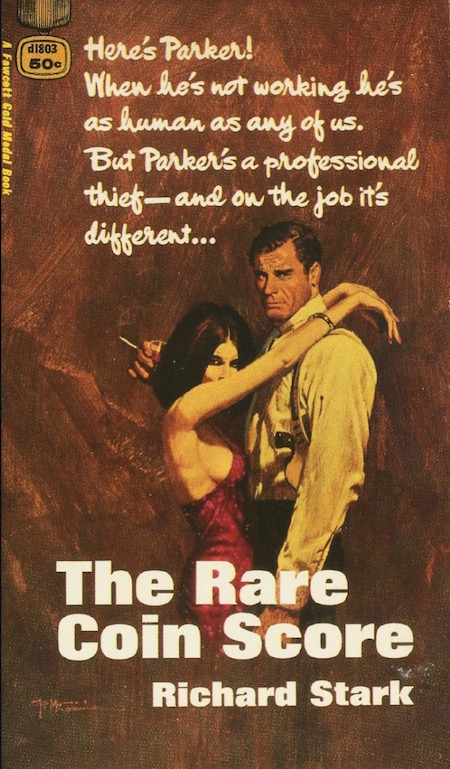
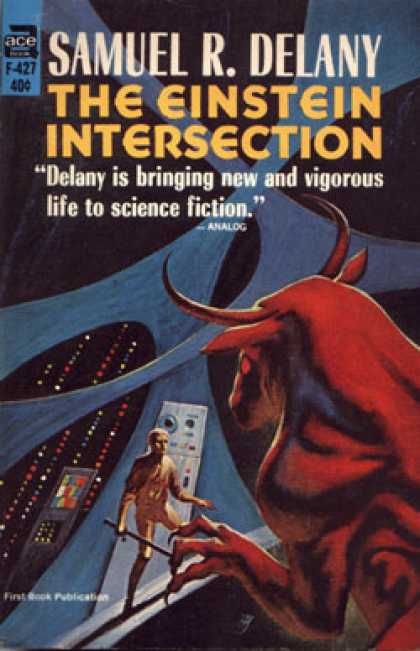
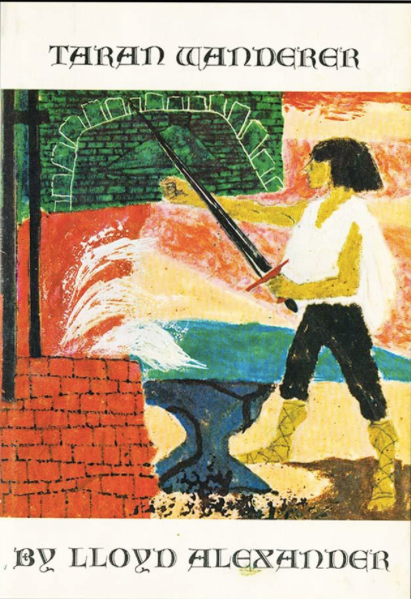
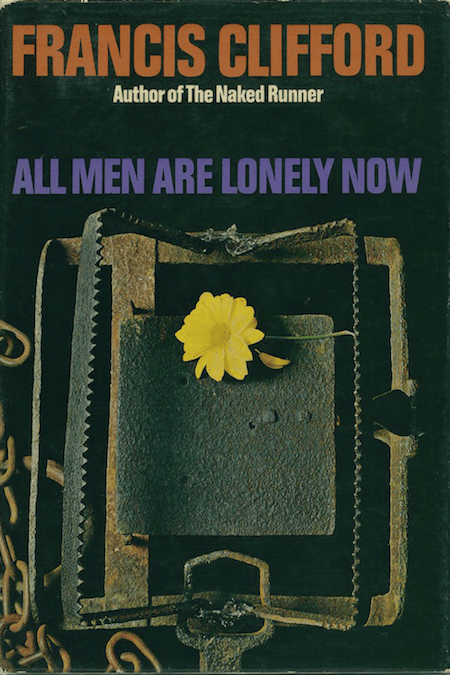
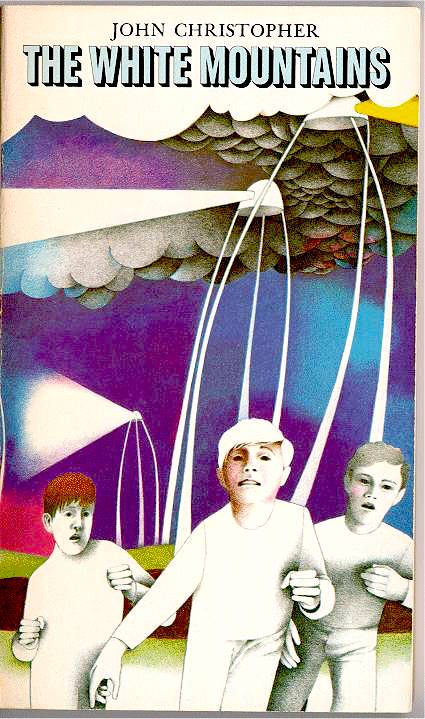
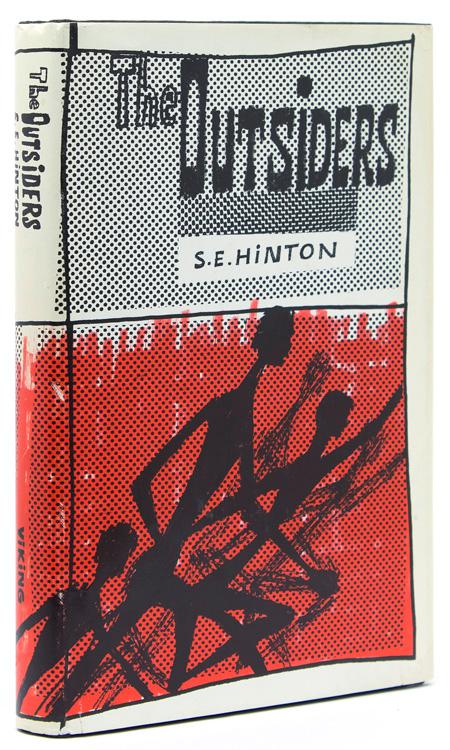
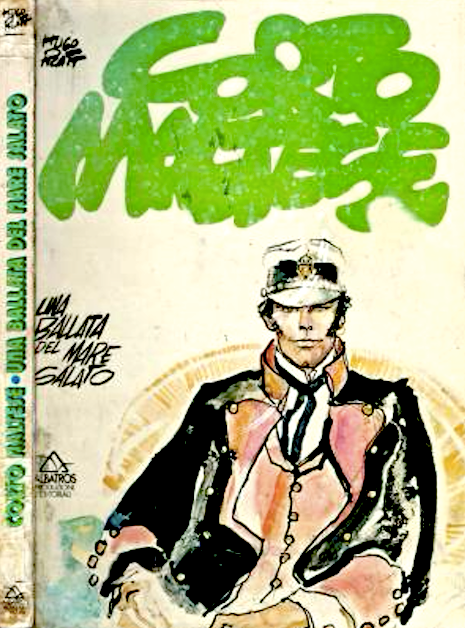
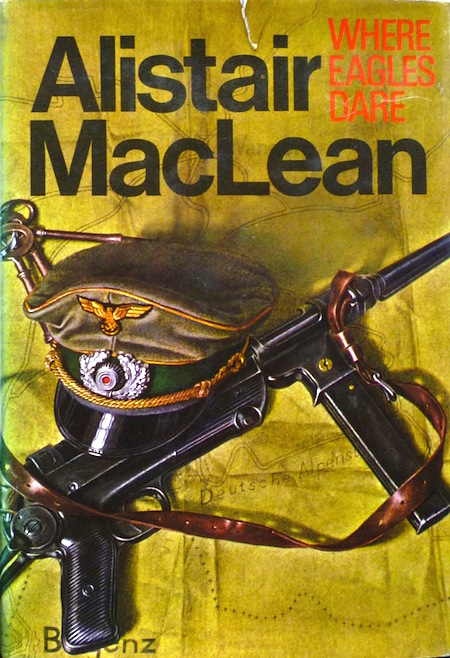
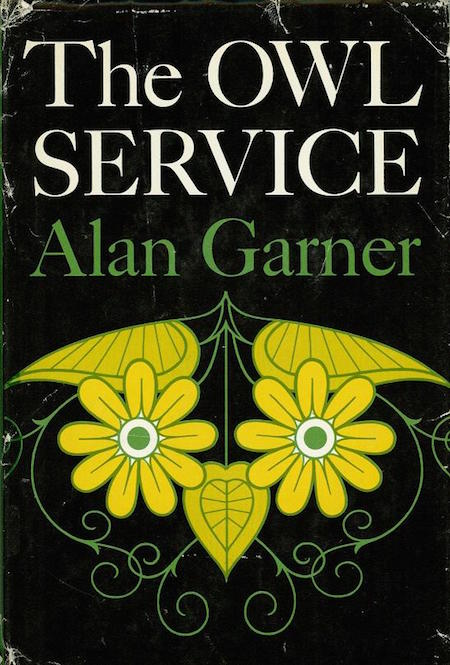
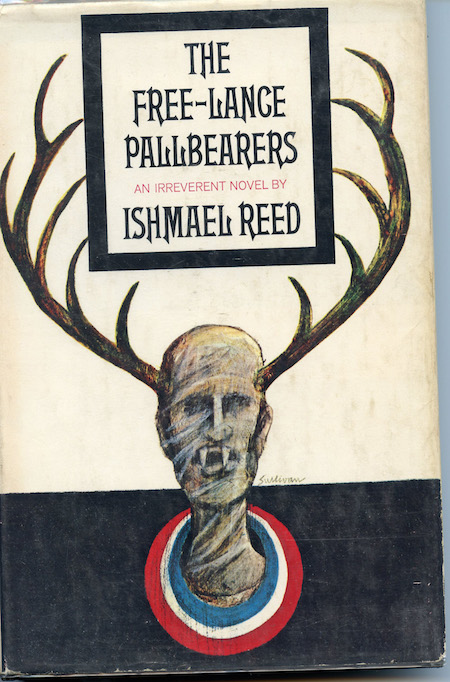
JOSH GLENN’S *BEST ADVENTURES* LISTS: BEST 250 ADVENTURES OF THE 20TH CENTURY | 100 BEST OUGHTS ADVENTURES | 100 BEST RADIUM AGE (PROTO-)SCI-FI ADVENTURES | 100 BEST TEENS ADVENTURES | 100 BEST TWENTIES ADVENTURES | 100 BEST THIRTIES ADVENTURES | 75 BEST GOLDEN AGE SCI-FI ADVENTURES | 100 BEST FORTIES ADVENTURES | 100 BEST FIFTIES ADVENTURES | 100 BEST SIXTIES ADVENTURES | 75 BEST NEW WAVE SCI FI ADVENTURES | 100 BEST SEVENTIES ADVENTURES | 100 BEST EIGHTIES ADVENTURES | 75 BEST DIAMOND AGE SCI-FI ADVENTURES | 100 BEST NINETIES ADVENTURES (in progress) | 1994 | 1995 | 1996 | 1997 | 1998 | 1999 | 2000 | 2001 | 2002 | 2003 | NOTES ON 21st-CENTURY ADVENTURES.
